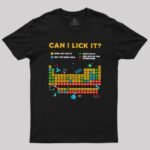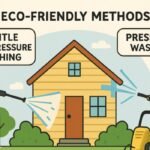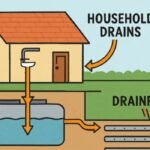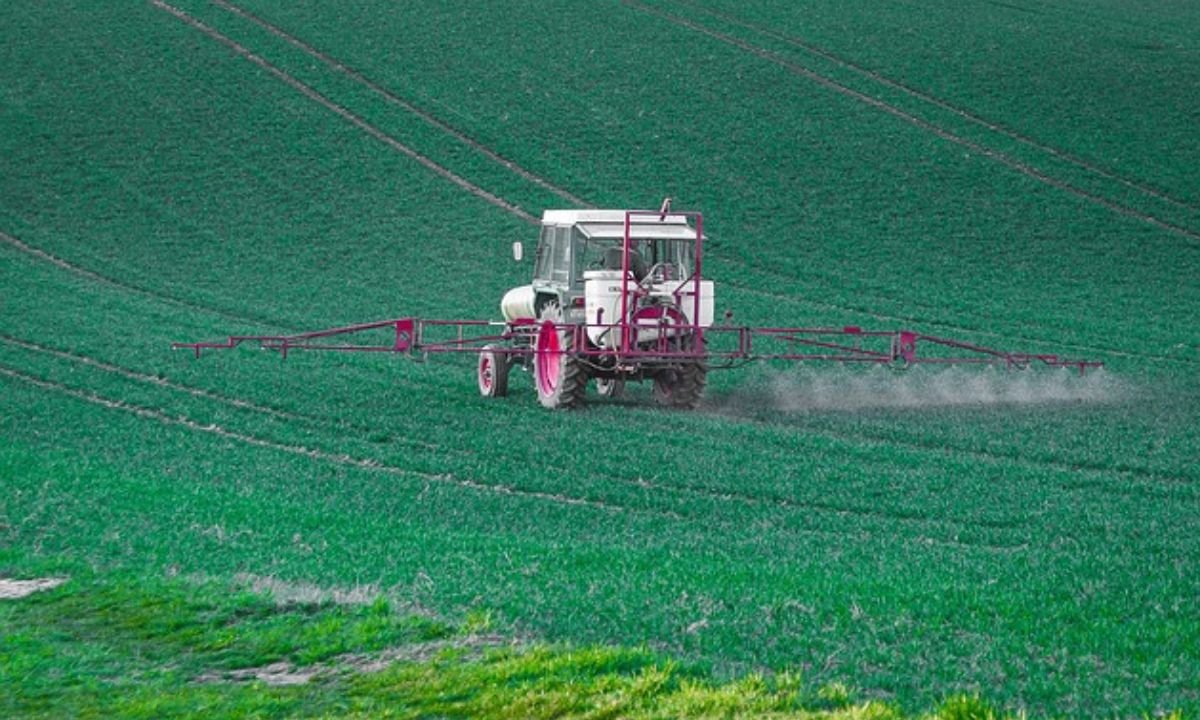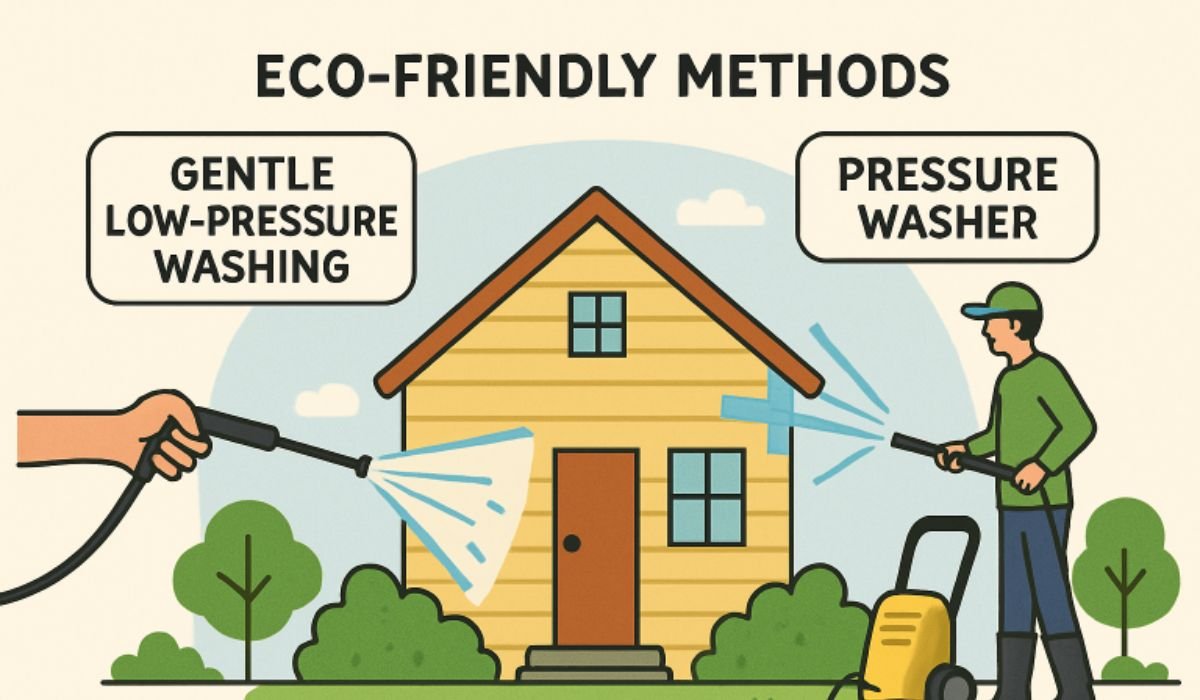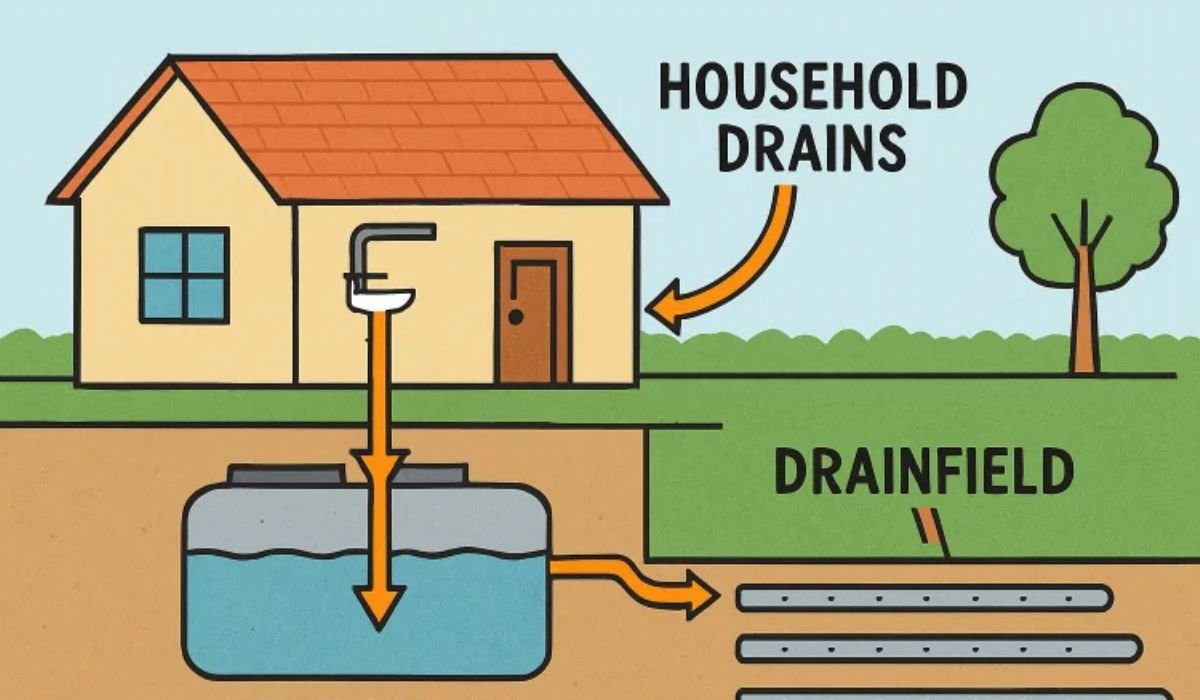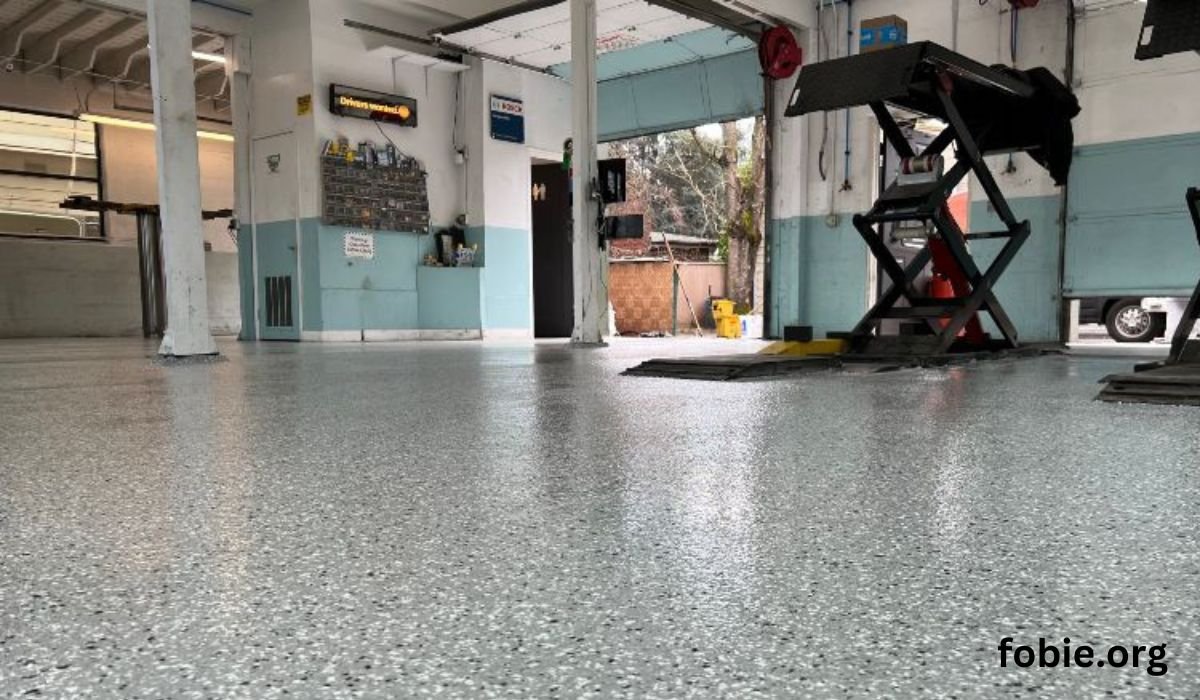Urban living offers a myriad of conveniences, from the availability of numerous services to vibrant cultural scenes. However, it also brings about unique challenges, particularly when managing pests. The proximity of living quarters and businesses amplifies the ease with which pests can spread, requiring adaptive strategies to manage these unwelcome visitors effectively.
Modern strategies have evolved significantly to combat these challenges. A clear transition is towards sustainable methods, such as non-toxic approaches, integrated pest management (IPM), and technological innovations. Understanding and implementing these varied approaches allow urban residents and businesses to manage pests without resorting to harmful chemicals or disruptive procedures, aligning pest control efforts with broader health and environmental initiatives.
Key Takeaways
- Learn about the common pest challenges in urban settings.
- Explore various non-toxic pest control methods.
- Understand integrated pest management (IPM) and its benefits.
- Discover ways to prevent pest infestations.
- Find out how climate affects pest behavior and infestations.
- Gain insights into how technology is shaping pest control.
Introduction to Urban Pest Challenges
Cities are bustling with life, embodying a wide array of human activities. Unfortunately, this hustle and bustle also attract pests. Urban areas frequently experience higher pest activity due to increased potential habitats and plentiful food sources. Common urban pests such as rodents, cockroaches, termites, and pigeons thrive in these environments, leading to significant challenges in maintaining health and safety standards. These pests are a nuisance and pose serious health risks, including spreading diseases and triggering allergies. Grasping these difficulties is essential for executing successful pest management strategies. Dense populations and abundant resources attract various pests, making effective pest control strategies necessary for maintaining a safe and healthy urban environment.
Non-Toxic Pest Control Methods
With growing environmental awareness, there is a compelling shift toward employing non-toxic pest control methods. Many people are inclined towards eco-friendly and safe solutions for humans and pets. Natural deterrents like boric acid are effective against ants due to their toxicity to insects but are relatively secure for humans and animals when used correctly. Essential oils such as citronella and eucalyptus are recognized for repelling mosquitoes without harming beneficial insects. Another effective natural solution is diatomaceous earth, which acts by dehydrating insects when they come into contact with it. However, before implementing these methods, a thorough pest inspection is crucial to accurately identify the pest and extent of the infestation, ensuring the most effective and targeted approach. These methods prioritize environmental and health concerns above harsh chemical interventions, resonating well with urban populations that value sustainability.
Integrated Pest Management (IPM) Explained
Integrated Pest Management (IPM) is a comprehensive approach combining multiple control strategies to reduce pest damage. Rather than relying solely on chemical treatments, IPM employs a holistic methodology incorporating biological control, habitat manipulation, and the responsible use of pesticides when necessary. This approach advocates minimal intervention while maximizing the ecological benefits, making it a preferred choice for many urban dwellers. It seeks to prevent issues in the long run and manages pest populations sustainably by comprehending and disrupting their natural life cycles. IPM sets a standard for effective pest management that aligns with modern environmental values by focusing on non-toxic alternatives and continually adapting strategies.
Preventing Pest Infestations
A little prevention is more valuable than many remedies when managing pest invasions. Regular cleaning, proper waste management, and thorough food storage can reduce the risk of inviting pests into homes and businesses. Ensuring that entry points are sealed and regular inspections are conducted are proactive measures that can help in early detection, preventing minor issues from blossoming into significant infestations. Additionally, educating residents and employees about the signs of pest activity and the importance of prompt reporting can augment preventative efforts, fostering a collective responsibility for maintaining pest-free environments.
The Impact of Climate on Pest Behavior
Climate change plays a significant role in influencing pest behavior, breeding patterns, and survival rates. With warmer temperatures, some pest populations can thrive and expand their presence further than before. This leads to longer breeding seasons and increased infestations, complicating management efforts. Understanding and predicting these changes is crucial for developing adaptive pest management strategies. Insights from the National Pest Management Association emphasize the importance of a climate-responsive strategy, necessitating a dynamic approach that anticipates and reacts to these shifting environmental conditions.
Technological Advances in Pest Control
The rapid advancement in technology is revolutionizing traditional pest control methods. Innovations such as clever traps that monitor and analyze pest activity, drones for surveying and treating large areas, and AI-driven analytics for predicting pest trends are reshaping the industry. These technologies provide more precise and efficient solutions, allowing for targeted applications that minimize disruption while maximizing efficacy. Predictive models driven by AI help anticipate pest movements and breeding cycles, offering proactive rather than reactive solutions. This technological leap represents the future of pest control, providing tools that can reliably handle urban pest challenges with minimal environmental impact.
Real-life Examples of Successful Pest Management
Innovative pest control solutions have led to positive outcomes across various urban settings. For example, pheromone traps in agricultural zones have proven effective in managing moth populations, reducing crop damage, and lessening reliance on chemical pesticides. Innovative, intelligent pest monitoring systems have drastically reduced rodent populations in city environments by using data to optimize control efforts. These real-world examples illustrate the potential of modern strategies to provide sustainable and efficient pest management solutions, encouraging continued innovation and application of integrated approaches.

